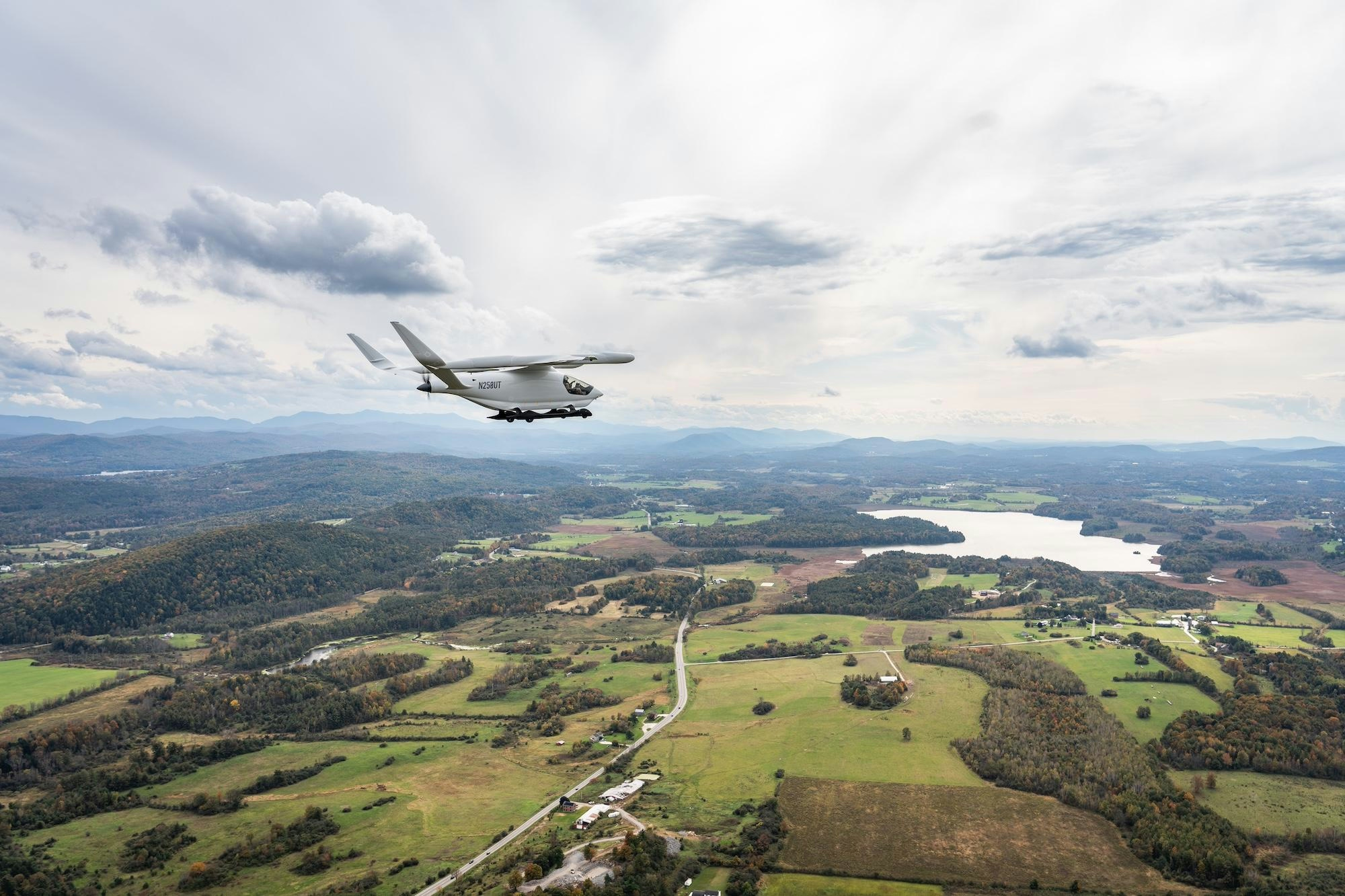
AeroGenie — Your Intelligent Copilot.
Trending
Categories
The Role of Artificial Intelligence in Aviation
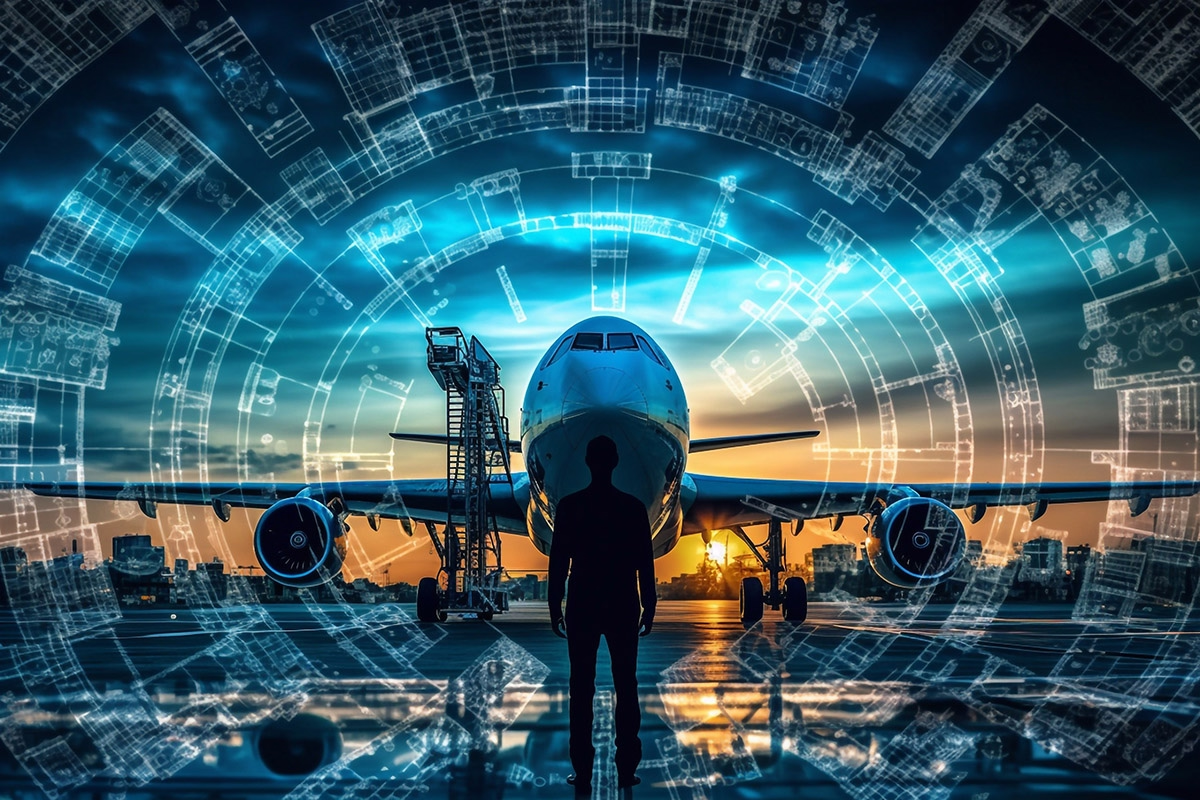
The Role of Artificial Intelligence in Aviation
As the RAeS AI in Civil Aviation and Airports Summit approaches this November, the aviation industry finds itself at a critical juncture in leveraging artificial intelligence (AI) to confront its distinctive challenges. In a sector where safety is paramount and the availability of timely, accurate data is essential, AI holds the promise of transformative advancements. However, realizing this potential involves navigating significant obstacles.
Complexity and Data Integration Challenges
Aviation is among the most complex industries, making it both an ideal candidate for advanced analytics and a challenging environment for AI implementation. The sector produces enormous volumes of data from diverse sources, including aircraft sensors, air traffic control systems, weather monitoring, maintenance records, and passenger information. Each of these data streams varies in format, structure, and update frequency, complicating efforts to harmonize and consolidate information for effective analysis. Despite the existence of numerous open standards, the variability and inconsistent quality of real-world data continue to pose persistent difficulties.
The highly interconnected nature of aviation further complicates AI integration. Airlines, airports, air traffic management, regulatory authorities, and ground services operate in a tightly linked ecosystem. For example, accurately predicting flight delays requires not only weather data but also comprehensive insights into airport operations, airspace congestion, and ground handling services. Changes in any one area can propagate throughout the system, generating multiple, sometimes conflicting, operational “truths” that AI systems must reconcile.
Real-Time Decision-Making and Resource Constraints
Real-time decision-making represents another critical challenge. Safety-critical decisions must be executed swiftly and with precision, yet processing and analyzing vast quantities of data in real time remains a formidable technical undertaking. While the demand for actionable insights continues to grow, bottlenecks frequently arise from limitations in systems, personnel, software, and processes necessary to access and interpret data effectively.
Resource constraints add further complexity to AI deployment in aviation. Research managers consistently identify budgetary limitations and staffing shortages as primary barriers. The existing skills gap in data science and AI expertise exacerbates these challenges, hindering organizations’ ability to fully capitalize on AI technologies. Consequently, there is an increasing focus on talent acquisition and retention, with industry players competing to assemble teams capable of unlocking AI’s full potential.
Market Dynamics and Future Prospects
Market dynamics within the aviation sector are evolving rapidly. Proactive organizations are adopting a range of AI tools to enhance operational efficiency, while government contractors are prioritizing AI initiatives alongside cybersecurity efforts to gain deeper market insights despite limited visibility. This competitive environment is driving innovation but also exposing disparities in resources and readiness across the industry.
Ultimately, the aviation sector’s complexity—characterized by its vast, interconnected data environment and stringent real-time operational demands—renders AI both indispensable and challenging. As the industry continues to evolve, success will depend on overcoming data integration hurdles, addressing resource shortages, and cultivating the necessary talent to harness AI’s capabilities. The path forward is intricate, but the potential rewards for mastering AI could fundamentally reshape the future of aviation.
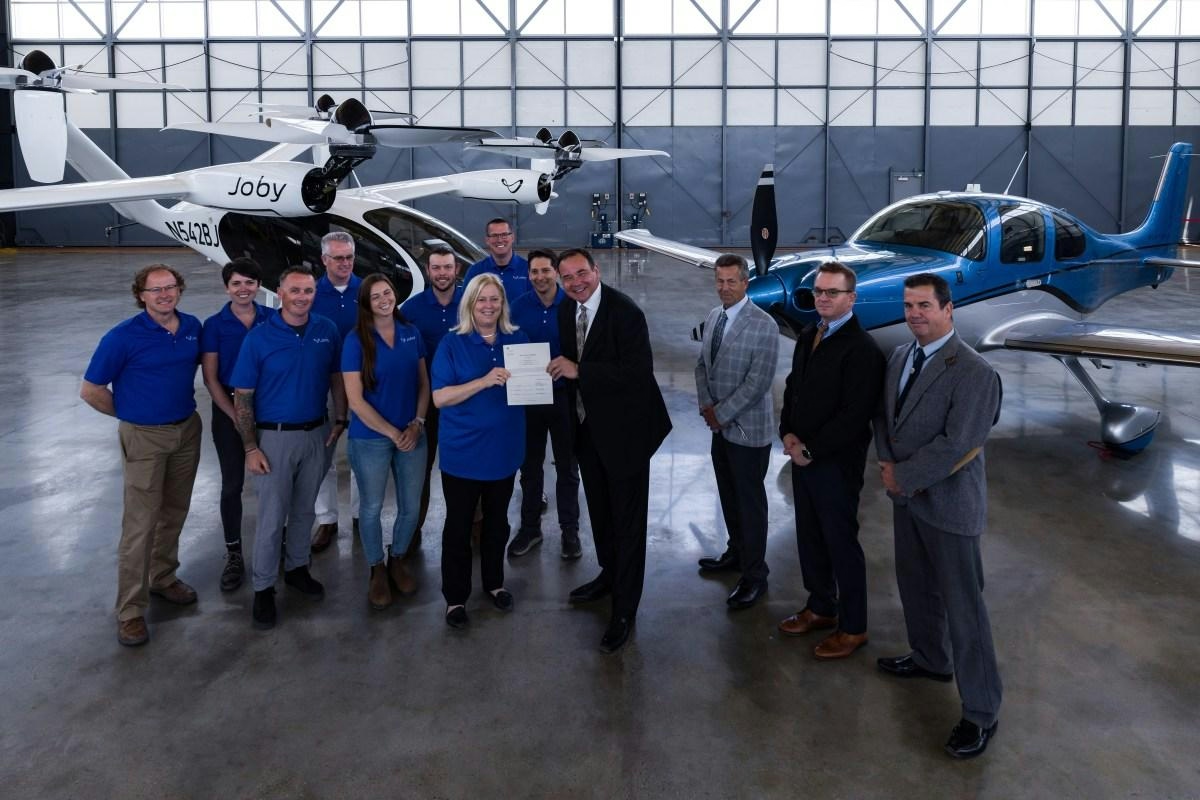
Joby Receives First CAE Flight Simulator to Enhance Air Taxi Pilot Training in Marina

Nomad Technics Completes Maintenance on Challenger 650
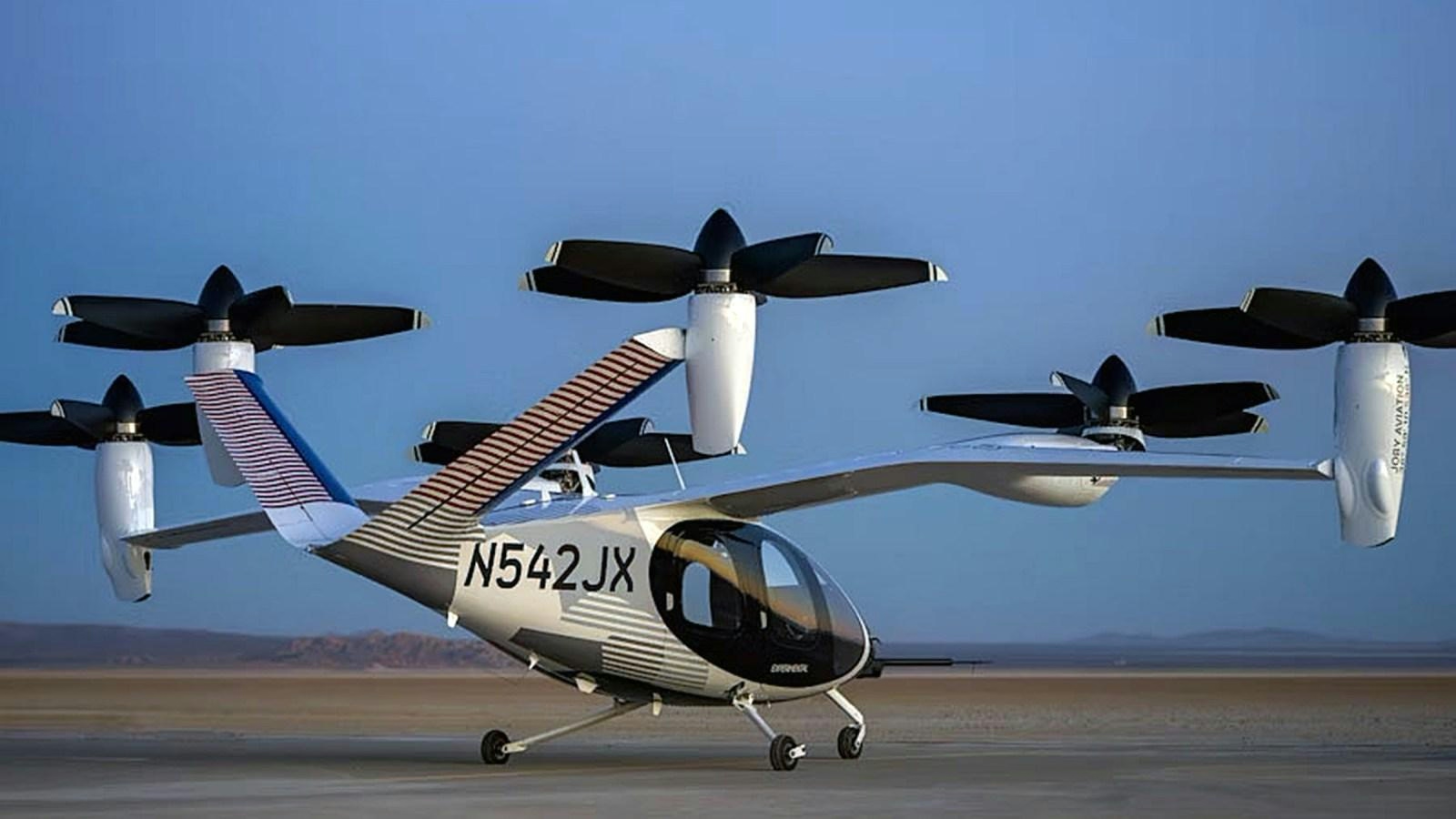
Joby Aviation Prepares for Air Taxi Pilot Training Ahead of CES 2026
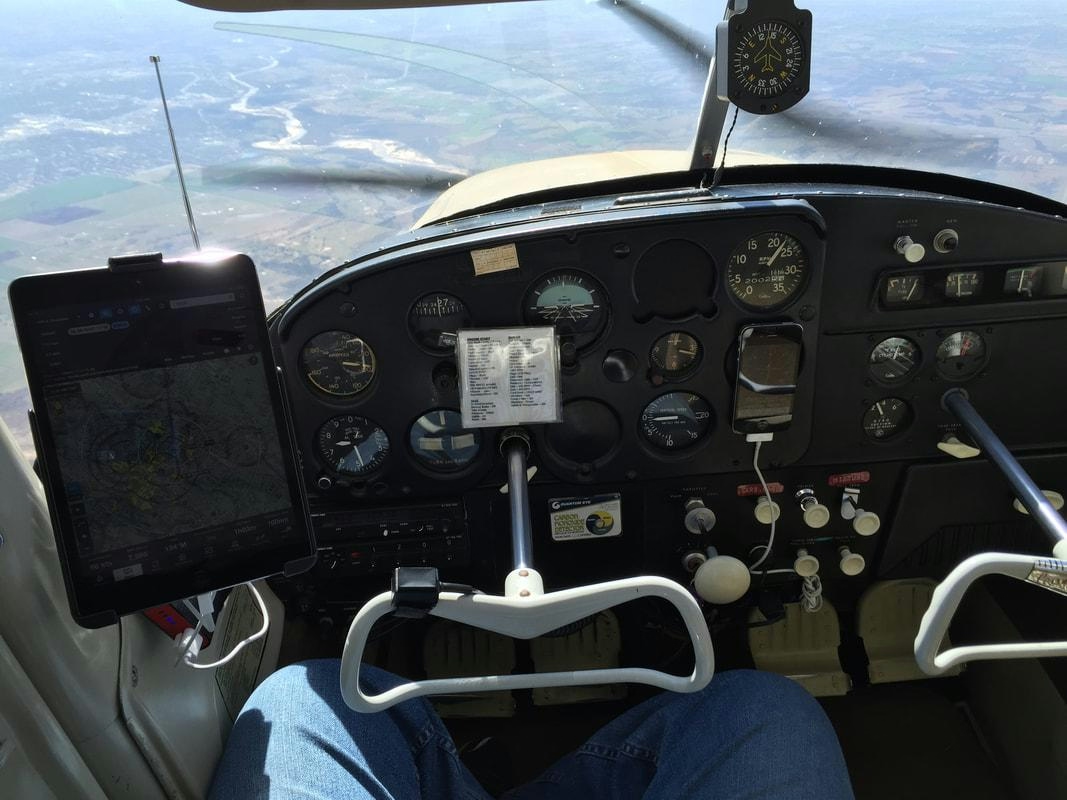
Fuel Exhaustion Caused by Incorrect Fuel Selector Installation

American Airlines to Offer Free Wi-Fi to Select Passengers
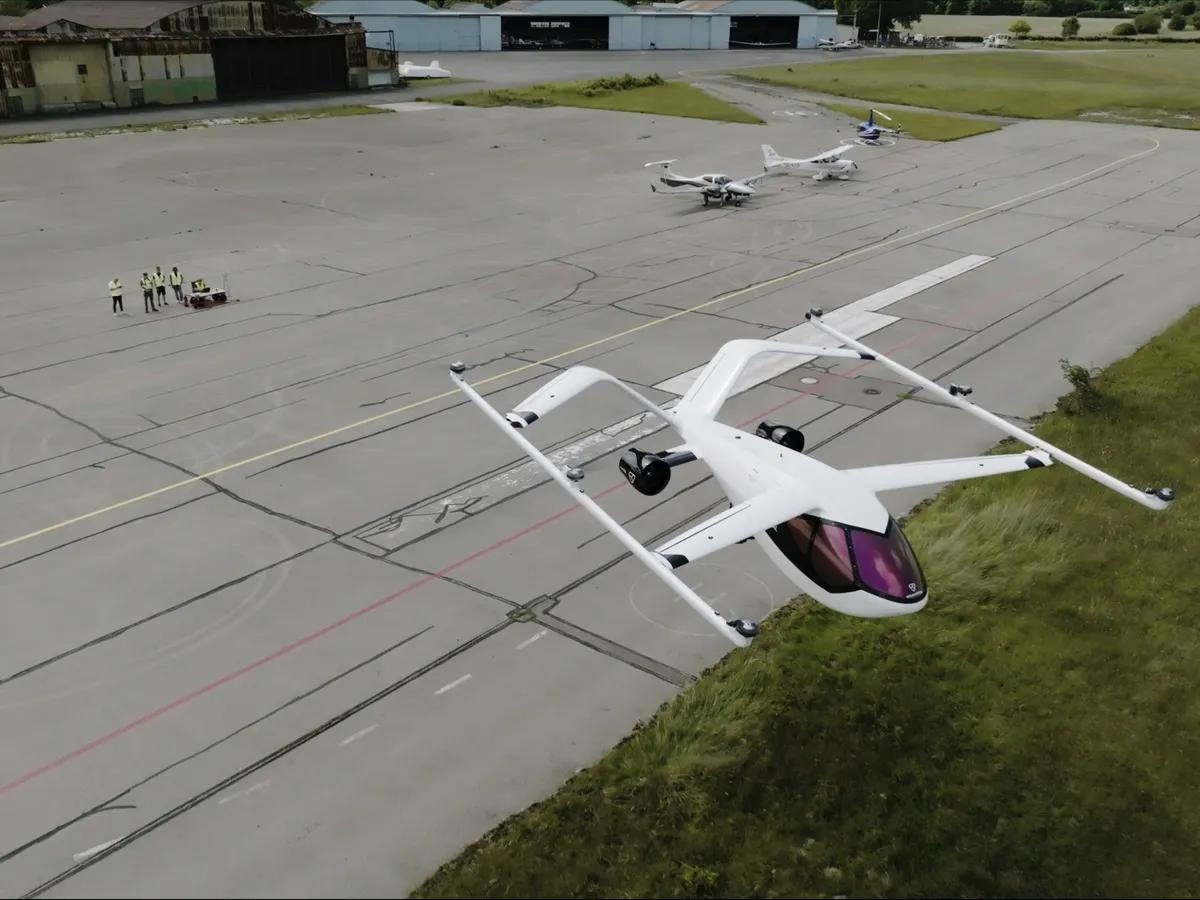
The Growing Role of eVTOL Aircraft

Joby Aviation Receives First of Two Advanced Flight Simulators from CAE
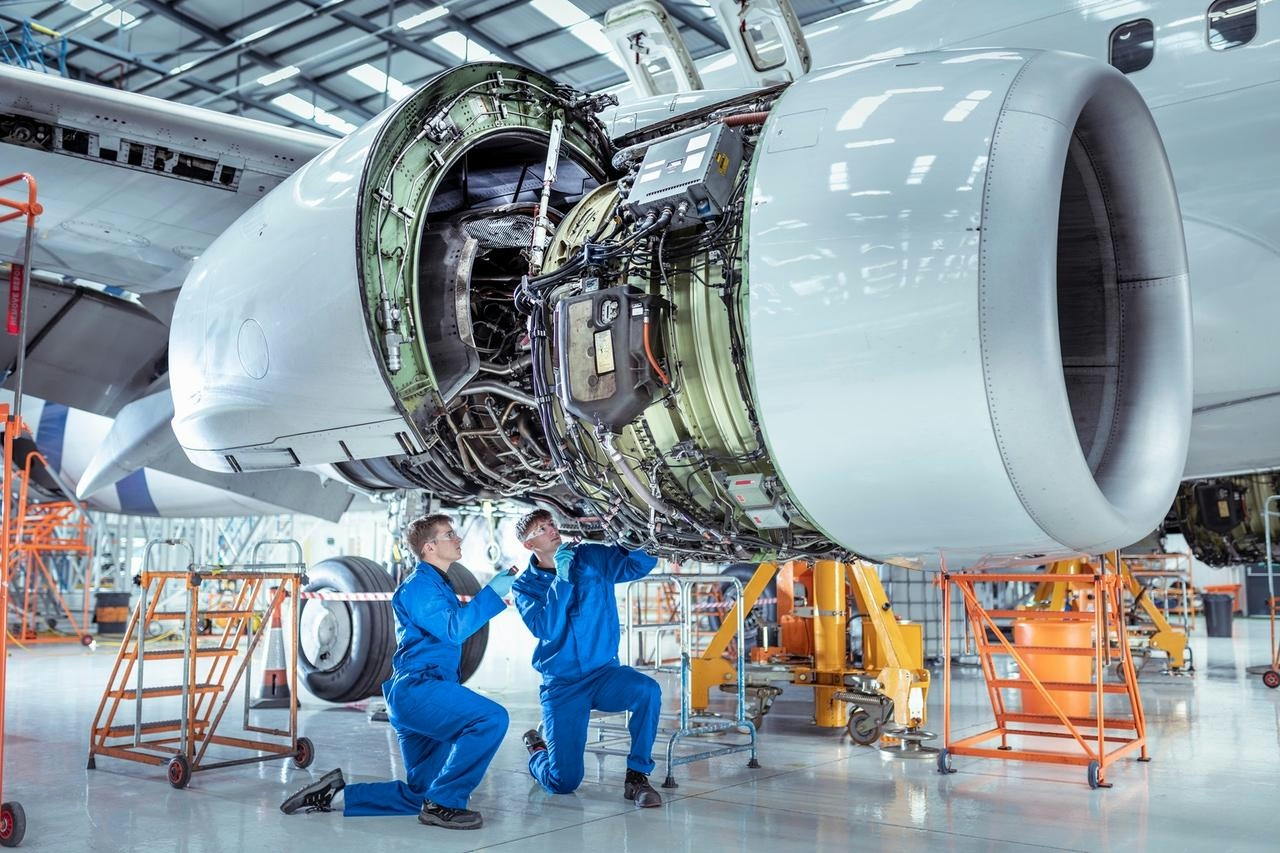
New Aviation Fund Manager Secures $1.6 Billion for Engine Deals
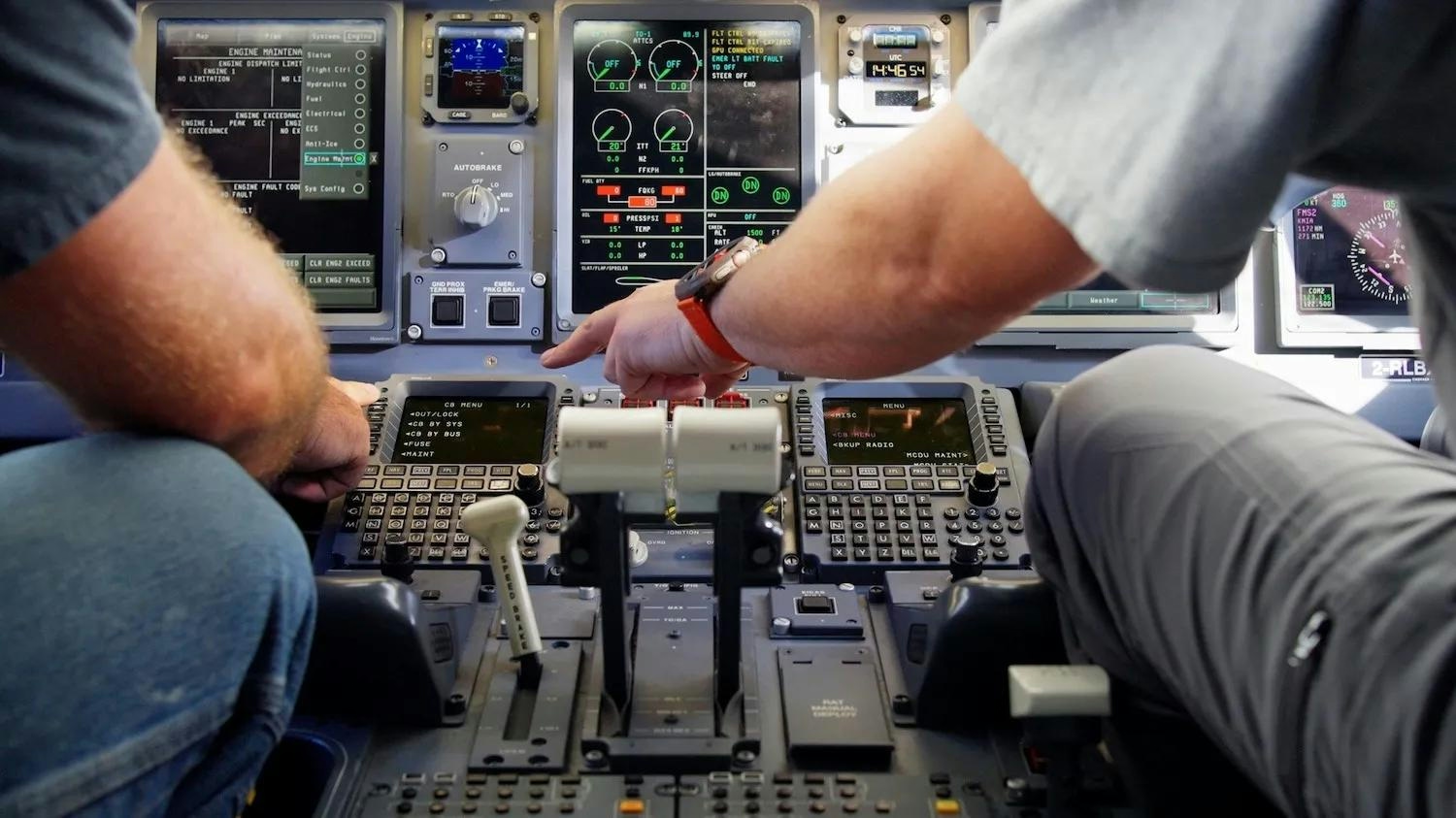
SkyWest Expands Maintenance Operations in Salina
